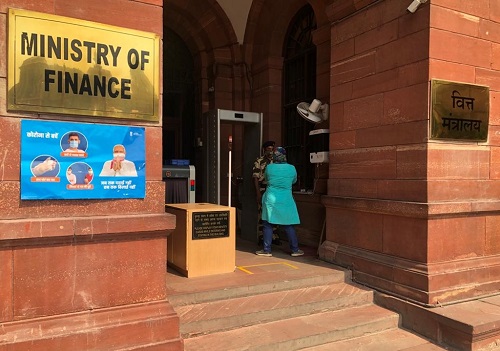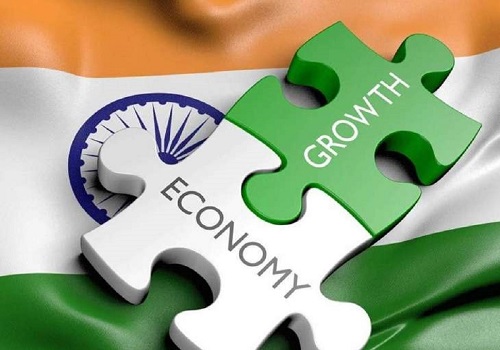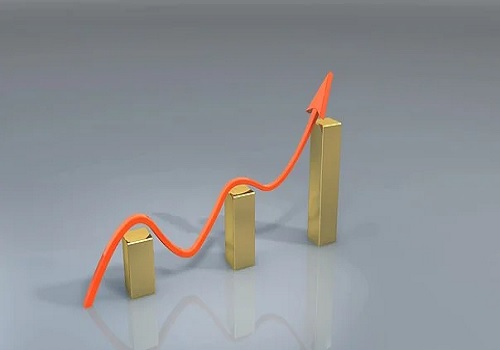India`s current account deficit likely to deteriorate in FY23 on costlier imports: Finance Ministry`s report

Follow us Now on Telegram ! Get daily 10 - 12 important updates on Business, Finance and Investment. Join our Telegram Channel
The Finance Ministry in its monthly economic review report has said that India's current account deficit is likely to deteriorate in the current fiscal (FY23) on account of costlier imports and tepid merchandise exports. The review also said that global headwinds would continue to pose a downside risk to growth as crude oil and edibles, which have driven inflation in India, remain major imported components in the consumption basket. For the present, it said ‘their global prices have softened, as fears of recession have dampened prices somewhat. This would weaken inflationary pressures in India and rein in inflation.’
The report said the deterioration of CAD could, however, moderate with an increase in service exports in which India is more globally competitive as compared to merchandise exports, and added that the widening of CAD, has depreciated the Indian rupee against the US dollar by 6 per cent since January of 2022. However, the rupee has performed well in 2022 compared to other major economies unlike in 2013, where it depreciated against other major economies, thus, reflecting strong fundamentals of the Indian economy. It said the depreciation of rupee, in addition to elevated global commodity prices, has also made price-inelastic imports costlier, thereby making it further difficult to reduce the CAD.
In order to further diversify and expand the sources of forex funding so as to mitigate volatility and dampen global spill overs, it said measures have been taken by the RBI to enhance forex inflows while ensuring overall macroeconomic and financial stability. On the commodity prices, the report said, global headwinds continue to pose a downside risk to growth as crude oil and edible oils, which have driven inflation in India, remain the major imported components in the consumption basket.
On the positive side, the report said, agriculture is picking up momentum with the revival in monsoon and Kharif sowing. The geographical distribution of the rainfall too has improved considerably. It is far less skewed. Elevated international agricultural prices have enhanced the real purchasing power in the rural areas with terms of trade for agricultural commodities remaining positive since March 2022. It added that this has triggered a recovery in rural demand, although some indicators are yet to recover to pre-pandemic levels. With regard to corporate sector, the report said, it has begun to show signs of revival with robust growth in net sales in the quarter ending March 2022, assisted by a general recovery in demand.










Tag News

Monthly Debt Market Update, September 2023: CareEdge Ratings














